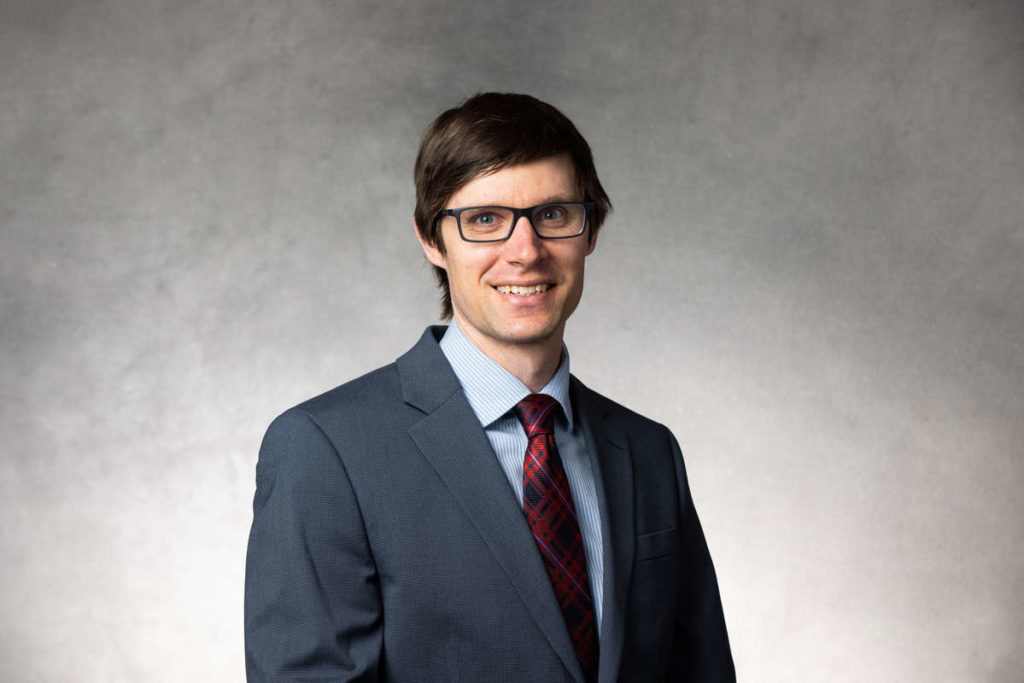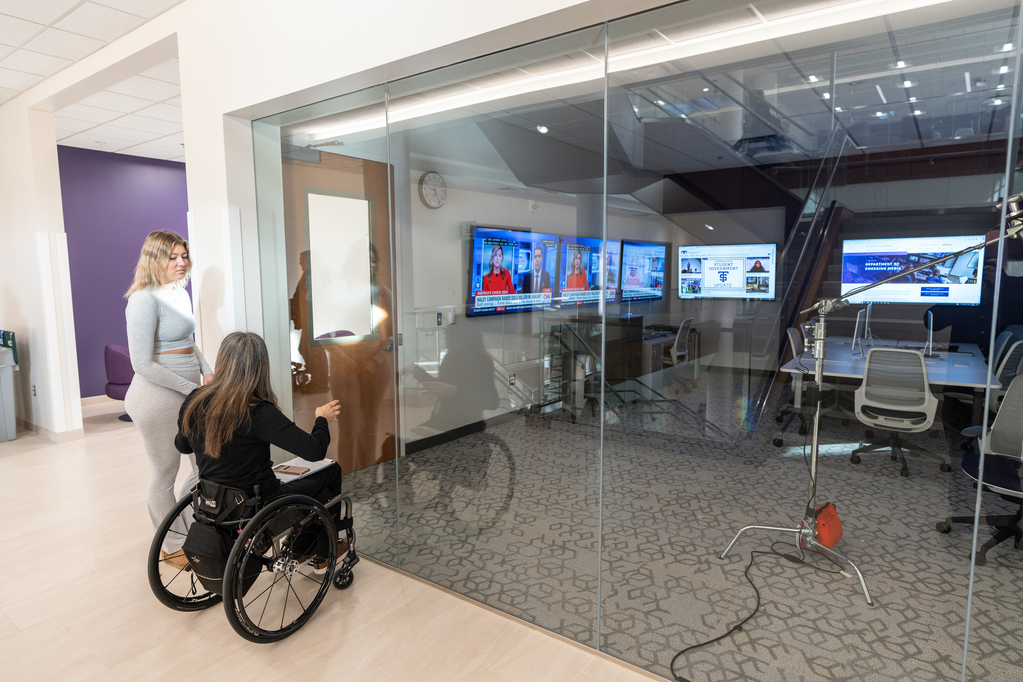Ever since I can remember, I have enjoyed math and science. Given this, and that I had two engineer parents, it was natural for me to send my college applications to schools that had engineering programs, although I was not sure exactly which type of engineering I wanted to study. In the end, I chose to study applied mathematics during the first quarter of my freshman year at Northwestern University. I was taking an honors calculus course, and in the class we learned how one could use mathematics to understand the flow of fluid through a surface. It was here that I realized that math is extremely useful in understanding how (nonmathematical) things work.
At Northwestern, the Department of Engineering Sciences and Applied Mathematics is part of the School of Engineering, and, as a result, I was required to take engineering courses, such as statics and dynamics, fluid mechanics and operations research, in addition to the courses required for my applied mathematics major. Of the engineering courses, I mostly enjoyed mechanics, so when I decided to stay at Northwestern and get a Ph.D. in applied math I knew that I wanted conduct research in an area that combined mathematical modeling, mechanics and scientific computing, which is a branch of applied math that utilizes computer programming to solve mathematical models to ultimately understand the nonmathematical problem at hand. Out of this came my Ph.D. thesis on using the level set method, a type of computational method that allows one to track the motion of interfaces, to simulate fracture due to cyclic loading.
So, how did I get from research in fracture mechanics to mathematical biology? On Jan. 7, 2002, Professor Howard Levine gave our weekly applied mathematics colloquium on modeling the vascularization of cancerous tumors. I was in awe. At that point, mathematical biology was not as popular as it currently is, and I had no idea that you could apply mathematics to biology. Since at that time I was finishing my Ph.D. and was on the job market, I decided to focus my job search to postdoctoral research positions in mathematical biology. This is how I ended up at the University of Minnesota working with Professor Hans Othmer. As a postdoctoral research associate, I realized that not only can one apply mathematical principles to biological problems, but that mechanics plays an important but poorly understood role in biological processes.
Mathematical biology is a huge field ranging from mathematical modeling of disease spread over large geographical areas using continuum population models to modeling protein transport during cellular division using discrete particle dynamics models. I work to mathematically model the movement and growth of single cells and soft tissues. Many of the models I use to understand growth and movement are based on principles of deformable body mechanics. Traditionally, biology has been considered to be an experimental science in which mainly qualitative observations are important. Over the last one to two decades, the need for quantitative analysis in biological fields has significantly increased. The way I see it, there are two major reasons for this. First of all, oftentimes a biological experiment can address one small aspect of a much larger and more complex process. For example, there are experiments that are aimed at understanding how proteins are transported during cell division and other experiments whose goal is to understand the magnitude of forces required to divide a cell. But, how does protein transport affect these forces? Mathematical models can incorporate data from multiple experiments and lead us to a better understanding of the interplay between various subprocesses. Second, many experiments, especially those that require manipulation of mechanical properties on a cellular level, are extremely difficult to perform. Simulations based on mathematical models can provide insight as to what might happen in a biological system on which an experiment cannot be done.
While I have worked on mathematical models aimed at understanding the interplay between the biochemistry and mechanics involved in a growing vertebrate limb, the effect of mechanical stresses on growing tumor, and the stresses that form in a brain that is growing within an abnormally developed skull, I have spent the majority of my time attempting to gain a better understanding of how mechanical interactions with the environment affect the movement of single cells in that environment. Surprisingly, the mathematical models describing all of these systems are very similar. Through the Center for Applied Mathematics Summer Research Program and through an NSF grant that several of my colleagues and I have received, I have been very fortunate to work with several talented and hard-working St. Thomas students on these mechanical models of cell movement. One group of students developed and programmed a model in which the goal was to investigate how the strength of attachments a cell makes with a flat surface affects the way that it moves over that surface. Another group worked on modeling cell movement through a series of deformable barriers meant to replicate the collagen fibers in the human body. The goal of this project was to understand how the mechanical properties of collagen fibers affect the ability of a cell to move about. Through both of these projects we have learned that mechanical properties of the cell and its surroundings have a huge effect on a cell’s ability to move. Through a joint project with an industrial partner, I am in the process of extending this student work to learn more about the interplay between mechanical properties of the cell and intracellular biochemical processes.
My work with students on these projects has been especially rewarding. Both groups mentioned above have presented their research at professional research conferences and have had a taste of what it means to be a researcher. Through their research projects both groups have grown in their mathematical intuition, computational programming and problem-solving skills. Most rewarding to me, both groups of students have developed an appreciation of the usefulness of mathematics in helping us understand how (nonmathematical) things work.
Magdalena Stolarska is assistant professor of mathematics at the College of Arts and Sciences and associate director of the Center for Applied Mathematics.
From Exemplars, a publication of the Grants and Research Office.






